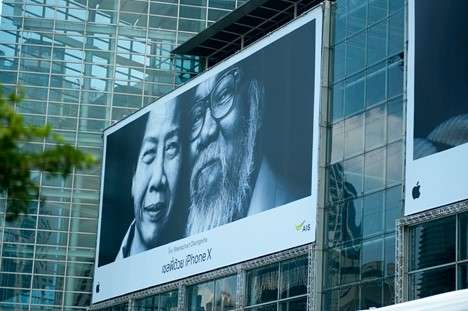Maths Behind Successful Billboard Advertising at Cities
When planning to advertise at busy intersections or high-traffic areas, understanding the maths behind billboard advertising becomes crucial. These locations often attract large numbers of commuters, making them prime spots for brands aiming to boost visibility. But what makes billboard placements so effective, and how does this method compare to other advertising formats in terms of exposure, cost, and return on investment? Let's break down the numbers to see how it all adds up.
The Visibility Factor: Measuring Impressions
At its core, billboard advertising effectiveness relies heavily on impressions—essentially, the number of people who view the advertisement. Traffic data provided by local councils or road authorities plays a significant role here, as it helps estimate how many drivers or pedestrians pass by a given billboard each day. For example, a billboard positioned at a busy junction that records 50,000 vehicles daily can generate tens of thousands of impressions, especially during peak travel hours.
Contrast this with digital ads or social media campaigns, where impressions fluctuate based on algorithms, user engagement, and ad relevance. While online ads may have sophisticated targeting options, they lack the guaranteed visibility offered by a strategically placed billboard at a traffic hotspot. Outdoor advertising, in that sense, provides something that digital media sometimes can’t—a consistent, physical presence that people can’t simply scroll past.
Calculating Return on Investment
When businesses choose to advertise on billboard, they often compare the cost-per-thousand impressions (CPM) with other forms of marketing. Billboard campaigns tend to have a lower CPM than digital ads or television commercials, especially in high-density urban areas. The straightforward maths shows that the more people who pass by the billboard, the lower the cost per impression.
For instance, if a billboard rental costs $10,000 per month and attracts 1.5 million impressions in that time, the CPM is approximately $6.67. In contrast, the CPM for prime-time TV advertising can range from $15 to $30, depending on the network and timing. Similarly, online ads targeting broad demographics may see fluctuating CPMs between $10 and $20. By keeping a static presence in key locations, billboards maintain a predictable and affordable cost structure.
Engagement and Recall Rates
Although measuring engagement for billboards can be tricky compared to click-through rates on digital platforms, studies have consistently shown that physical ads leave a lasting impression. The human brain processes large, high-contrast visuals quickly, especially when people encounter them regularly during commutes. Repetition, in this case, builds familiarity, which eventually translates to better brand recall.
Comparing this to radio or digital streaming ads, where audience attention can be fleeting, billboards enjoy a more passive but consistent form of engagement. People might not consciously focus on the ad every time they pass it, but the repetition ensures that the message seeps in over time.
Are Billboards Still Cost-Effective?
Despite the digital shift in advertising strategies, traditional billboards remain one of the most effective mediums for building brand awareness. Thanks to clear visibility and their unmissable presence at traffic-heavy locations, billboard ads excel in broad-reach campaigns. Many advertisers keep a close watch on billboard advertising rates, especially in metropolitan areas where foot traffic and vehicle congestion are high.
While digital ads offer flexibility in targeting specific demographics and behaviours, they can often suffer from “ad blindness”—users simply ignore or skip them. Billboards, by contrast, occupy real-world space, ensuring people notice them whether they intend to or not. This mix of unavoidable exposure and consistent impressions makes outdoor advertising ideal for large-scale awareness campaigns.
Final Thoughts
In highly populated cities and towns, intersections and traffic hotspots serve as advertising goldmines. The sheer volume of daily passers-by ensures that billboards offer reliable exposure at a competitive cost. Compared to digital marketing and broadcast media, they provide a tangible, lasting presence that reinforces brand messaging. For businesses seeking cost-effective ways to promote their brand consistently, well-placed billboards continue to deliver value backed by solid numbers.
The author is an expert in media and marketing, specializing in outdoor and TV advertising strategies. For expert guidance on TV advertising, bus advertising, or billboard advertising, visit https://bestmediarates.com.au/






